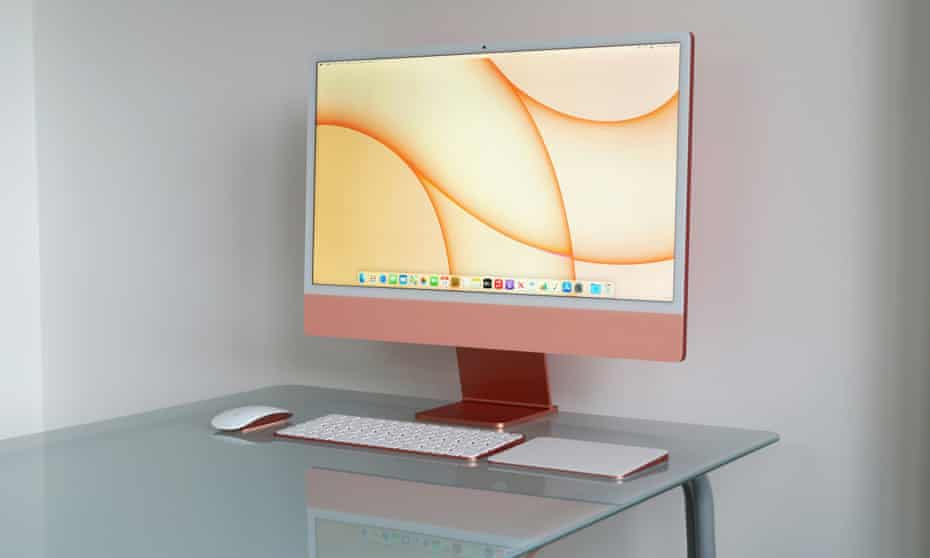In addition to the glued housing and the soldered RAM and SSD parts, the teardown of the iMac M1 shows two fans and very large speakers. The iFixit team disassembled the 24-inch Apple iMac with M1 SoC. The teardown gives an insight into the various components that are used. It also becomes clear that there is hardly a Mac without glued surfaces. To open the iMac, the glued front side of the display must first be separated from the metal shell.
The glue used can already be found on other iMacs. It’s probably not the iPad adhesive. This tends to form lumps and is difficult to remove.
The iFixit team also sees another advantage: Compared to older iMacs, there are no additional covers integrated to make access to components more difficult. Instead, the mainboard and other components are directly visible.
The motherboard is a complex component on the M1 SoC, LPDDR4X main memory, NVMe SSD, WLAN module and power management controller are integrated. At least in the disassembled model, Apple installs 8 GB of LPDDR4X-RAM from SK Hynix in dual-channel. The 128 GB SSD comes from Kioxia, formerly Toshiba. A Murata WLAN module is also installed, which transmits to Wi-Fi 6 and integrates Bluetooth.
Small motherboard, big speakers
The motherboard is about the same size as the motherboard of the Macbook Air M1. However, two fans are built into the iMac. These blow air directly over the motherboard and also supply the additional controller board with cooling air. The fans as well as the jack socket can be exchanged quickly. This is particularly useful for these wear-prone components.
The second board contains I / O controllers, including a PCIe-to-USB 3.2 Gen2 converter and an Intel Thunderbolt 4 retimer (JHL8040R). This can denoise and process the transmitted signal and thus make data rates more consistent and higher. Apple speaks of a maximum of 40 GBit / s. For real Thunderbolt 4, however, a full-fledged controller that understands the protocol is required. Apple integrates one of these directly on the M1 SoC – but not for Thunderbolt 4, but for its popular predecessor Thunderbolt 3.
The iFixit team also solves the mystery of the large metal plates that are behind the display of the iMac M1. These are sound boxes for the new loudspeaker system. These should be quite voluminous for integrated speakers.
Despite various modular components, the iMac M1 from iFixit received a repairability score of 2 out of 10 points. This is mainly due to the fact that hardware components such as RAM and SSD cannot be exchanged or expanded. In addition, the glued display is already a hurdle for most craft enthusiasts.
